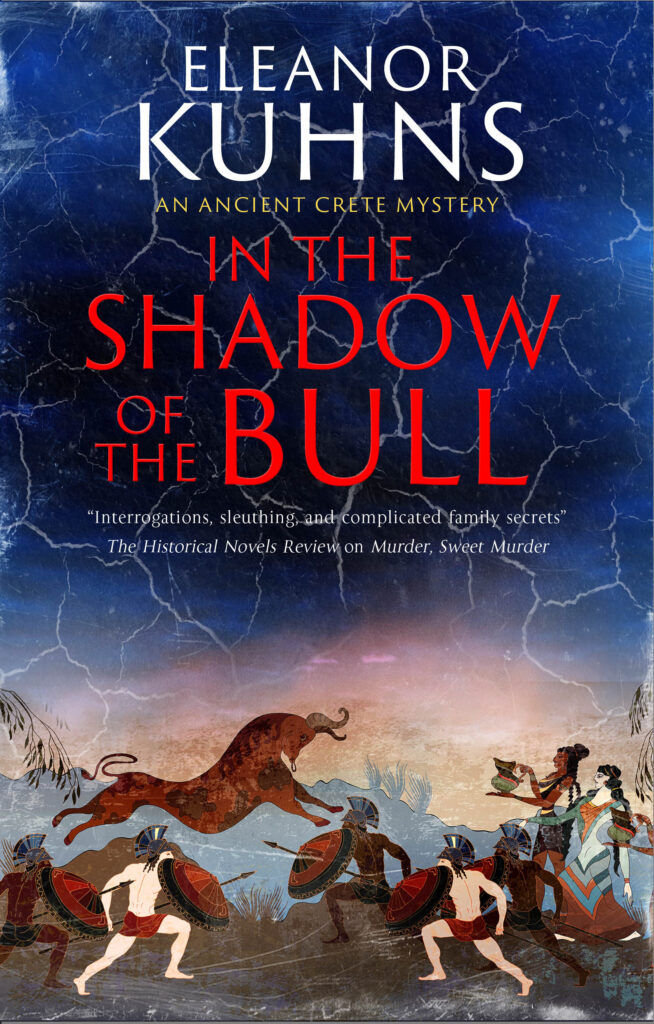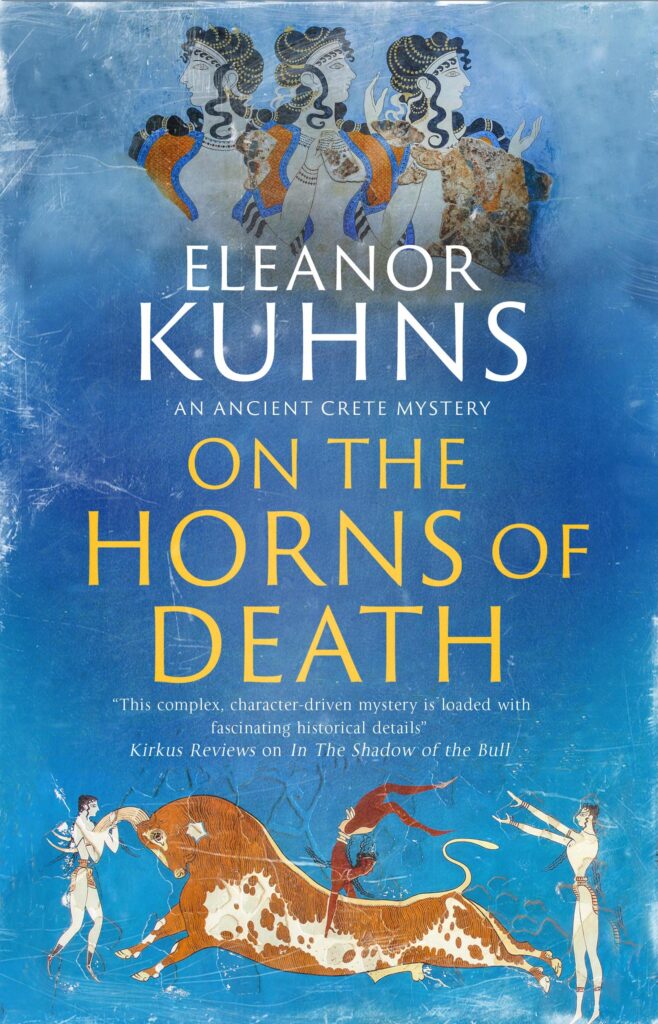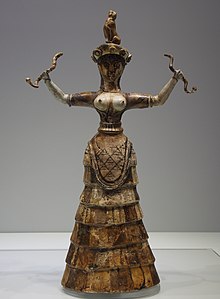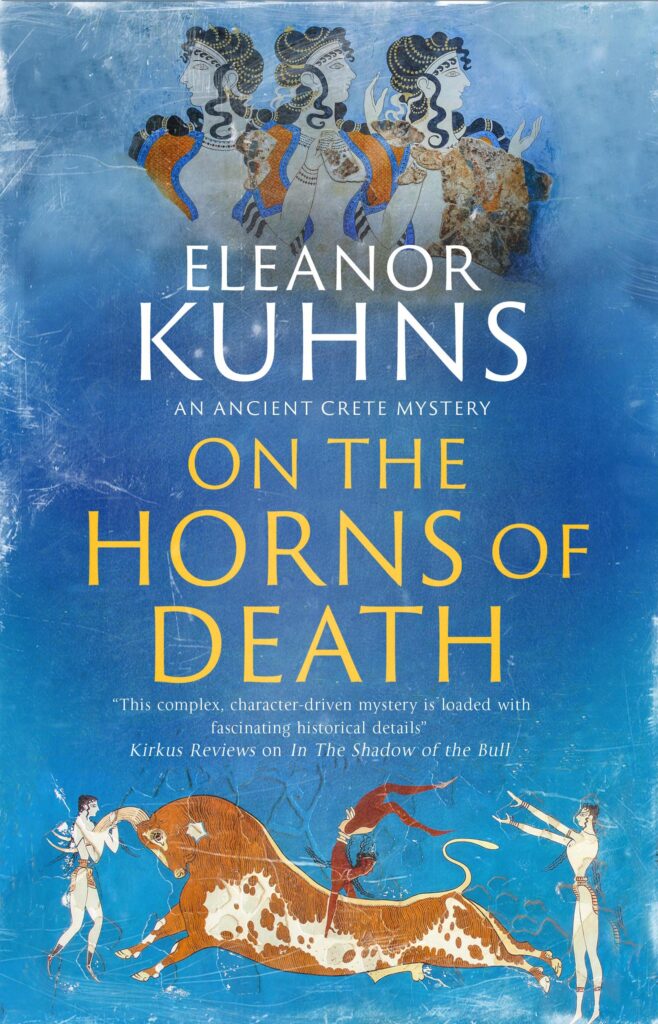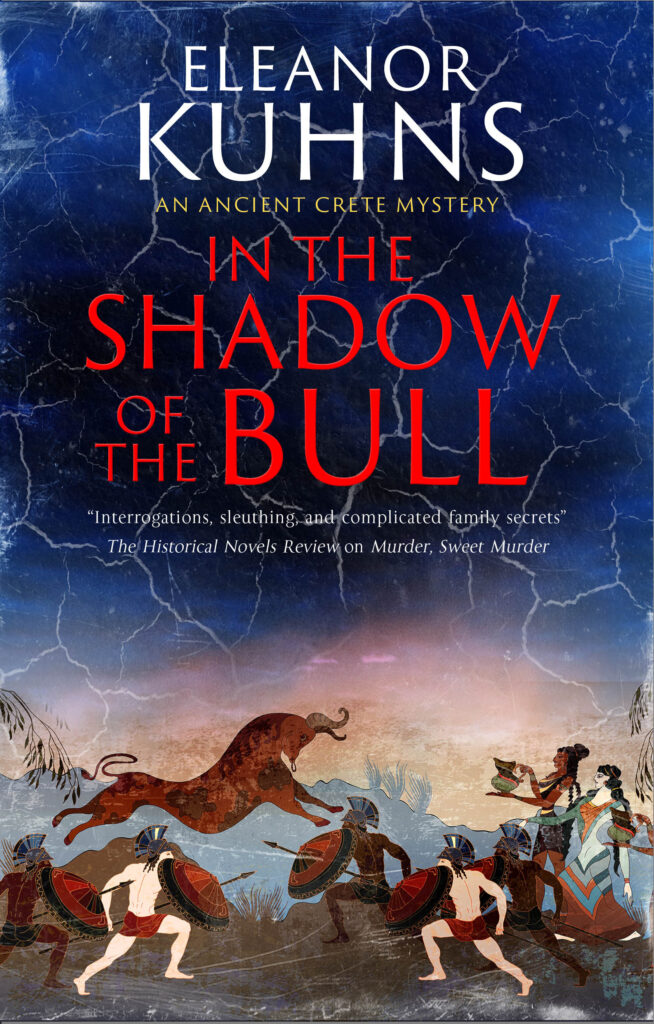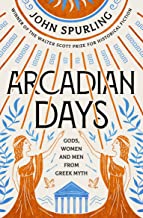In Greek legends, the Amazons were formidable women warriors who lived on the edge of the known world. Hercules had to obtain the magic girdle of the Amazonian queen Hippolyte in one of his 12 labours, and Achilles killed another queen, Penthesilea, only to fall in love with her when he saw her face. (Kind of ironic that.)
These horseback-riding, bow-wielding nomads, who fought and hunted just like men, have long been shrouded in myth. (Remember, one of the stories claims these fierce female warriors also cut off one breast so as to be able to shoot a bow more effectively.
Now archaeologists are discovering increasing evidence that they really did exist.
Excavations of graves within a bronze age necropolis in Nakhchivan in Akzbaijan revealed that women had been buried with weapons such as razor-sharp arrowheads, a bronze dagger and a mace, as well as jewellery.
These fearsome women from 4000 years ago were famed for their male-free society and their prowess on the battlefield, particularly with a bow and arrow. (The men were, according to one theory, out fighting themselves. To another, that the men were tending the herds.)
Recent issues of Archaeology Magazine and World Archaeology have discussed the excavations leading up to the conclusion that the women from the Caucasus could have been the legendary Amazons.
In 2019, the remains of four female warriors buried with arrowheads and spears were found in Russia and, in 2017, Armenian archaeologists unearthed the remains of a woman who appeared to have died from battle injuries, as an arrowhead was buried in her leg. In the early 1990s, the remains of a woman buried with a dagger were found near the Kazakhstan border.
Some of the skeletons reveal that the women had used bows and arrows extensively. Historian Bettany Hughes observed that “Their fingers are warped because they’re using arrows so much. Changes on the finger joints wouldn’t just happen from hunting. That is some sustained, big practice. What’s very exciting is that a lot of the bone evidence is also showing clear evidence of sustained time in the saddle. Women’s pelvises are basically opened up because they’re riding horses. [Their] bones are just shaped by their lifestyle.”
This is particularly interesting to me since current theory suggests patriarchy came from the steppes with the adoption of the horse. Maybe the story isn’t as cut and dried as it appears.
A documentary detailing some of these finds will be broadcast on the BBC in April. In it, Hughes visits the mountain village of Khinalig. This is the highest inhabited place in Europe. There has been a settlement there since the Bronze Age, and stories handed down through their generations tell of women who fought like men but covered their faces with scarves.
Women, it appears, enjoyed more varied lives in the ancient past than those brought about by patriarchy in our more recent cultural history.

